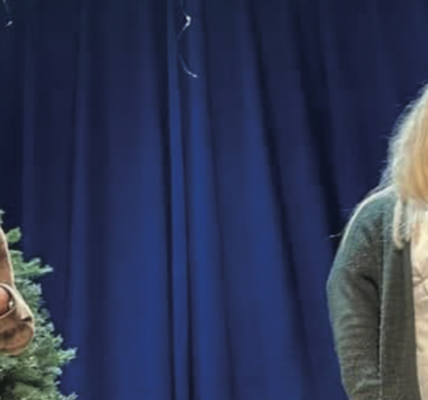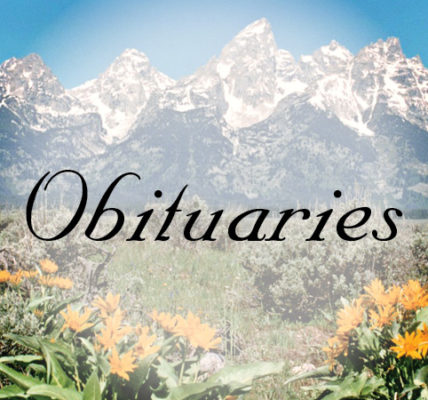By Victoria Eavis
Casper Star-Tribune
Via- Wyoming News Exchange
CASPER — Wyoming could develop two new Amber Alert-type systems designed to help locate missing people quickly.
A legislative committee has requested staff draft a bill that would create the new alerts, and there appears to be substantial initial support.
Sen. Affie Ellis, R-Cheyenne, is co-chairman of the Wyoming Legislature’s Select Committee on Tribal Affairs. During a meeting last week, she asked for a bill draft on Ashanti and Silver alerts.
But it’s possible that state statute already allows law enforcement to launch such alert systems without legislative action.
The Ashanti Alert focuses on people over 17 years old, missing adults with “special needs or circumstances” and missing adults “who are endangered or have been involuntarily abducted or kidnapped.”
Meanwhile, the Silver Alert focuses on missing seniors — including those with mental disabilities such as dementia.
Wyoming is one of the few states that doesn’t have a formal Silver Alert. There appears to be support from various stakeholders for the initiative and an agreement that it would not be arduous to implement.
Jordan Dresser, Northern Arapaho chairman, said that the Ashanti Alert is something he’s “very interested in.”
Erick Blackburn, chief of police for the Wind River Reservation Bureau of Indian Affairs, also said that he thinks Wyoming should use it.
If Wyoming implements the Ashanti Alert, the state would be one of the first to do so.
“I do believe it would be a fairly easy lift with little to no revenue impact because we already have the system,” said Cara Chambers, director of the Wyoming Division of Victim Services. “It would just be adding more people to the criteria.”
When Virginia lawmakers were discussing implementing a similar system there, however, state police were concerned that “the public could become desensitized to alerts if they are too frequent.”
The Ashanti Alert Act was passed in 2018. It authorized the U.S. attorney general to establish a nationwide communications framework to enable regional and local search efforts for missing people who fall outside of the scope of the Amber and Silver alerts.
The Ashanti Alert would apply to adults “who kind of just fall through this gap, where the family believes something has happened that this person didn’t just leave of their own volition,” Chambers said.
While the Ashanti Alert is for Indigenous and non-Indigenous adults, the issue of missing and murdered Indigenous people, as well as sexual assault suffered by Native Americans, came up during the meeting.
Jessica Swallow, a Native American woman who lives on the reservation, delivered tearful public testimony about sexual predators that go unpunished on the reservation.
“I’d like to ask you, now that you have some more staffing, if you could take a look into the sexual assaults that go on on our reservation,” she said to Blackburn. “We have predators that walk our reservation and it’s scary. It’s really scary.”
Blackburn, who sat next to Swallow before the committee, responded.
“As far as sexual assaults, it is out of control here. The problem we run into is victims not wanting to be victims,” Blackburn said. “They don’t want to cooperate, they don’t remember what happened … our biggest road bump or hurdle is getting victims to cooperate.”
Dresser provided a bit of an explanation for why some victims may not cooperate.
“I think [victims] see that nothing happens to those individuals. That it kind of goes nowhere,” he said.
Chambers said that a “more substantive update” from the Missing and Murdered Indigenous Persons Task Force will come at the committee’s October meeting.
Through tears, Swallow pushed back against Blackburn’s testimony.
“One of my friends said something and she was getting death threats. She had to buy a gun and move out of the county,” she said. “I know she was cooperative and she was trying to get help, and she just couldn’t get the help. The only help was to go arm herself.”





